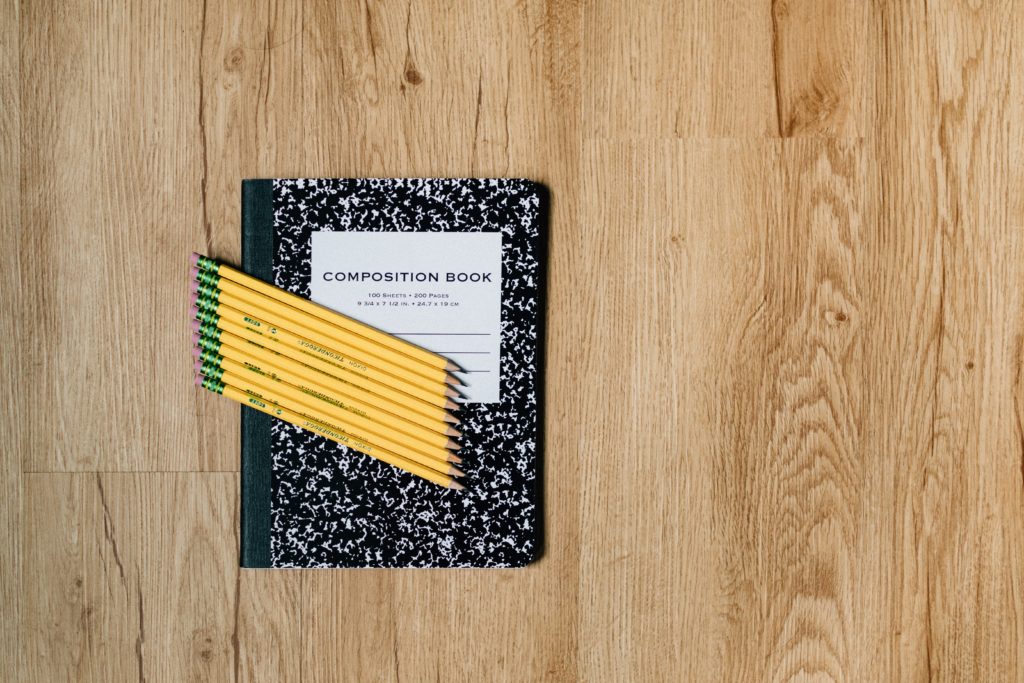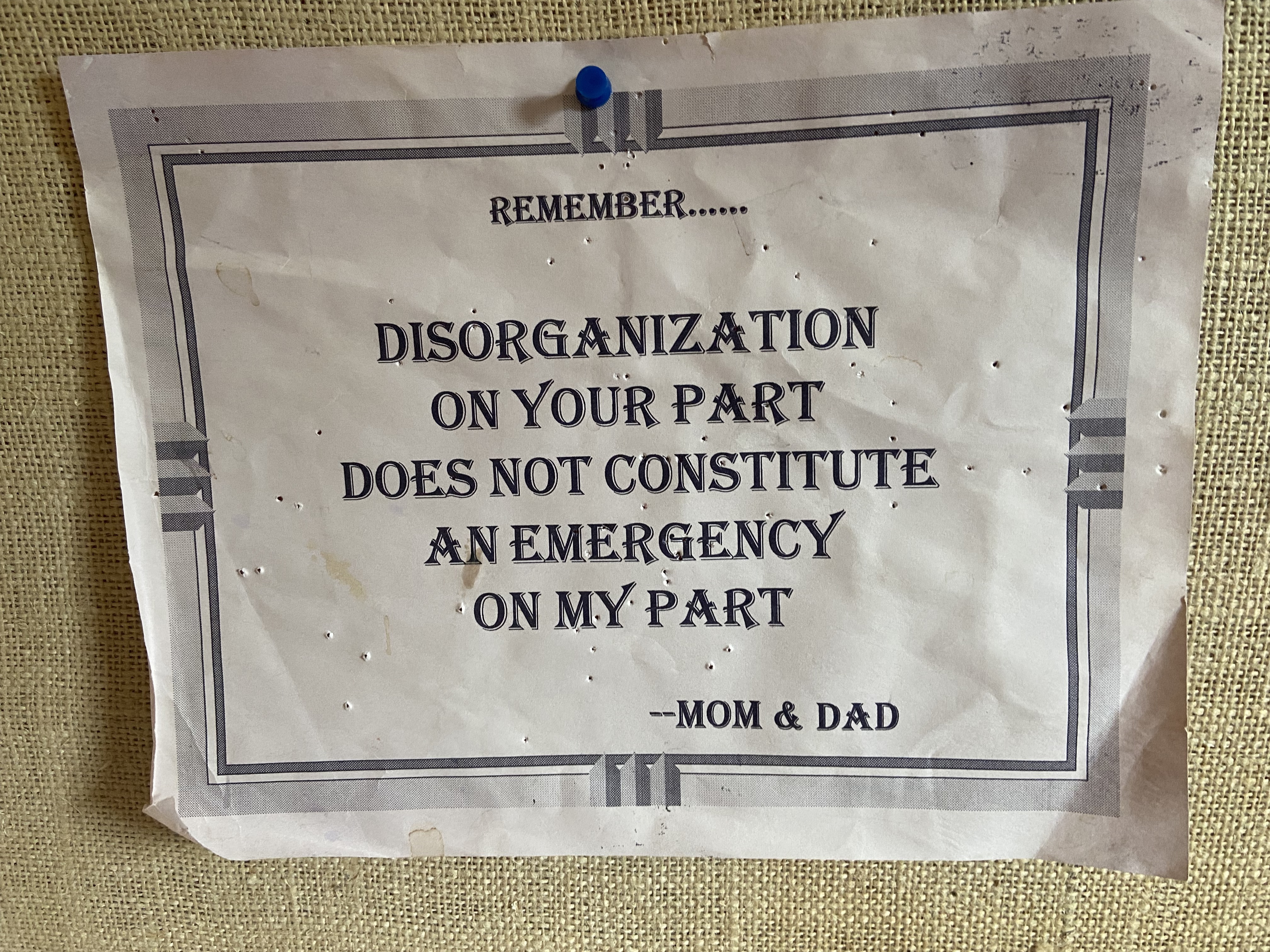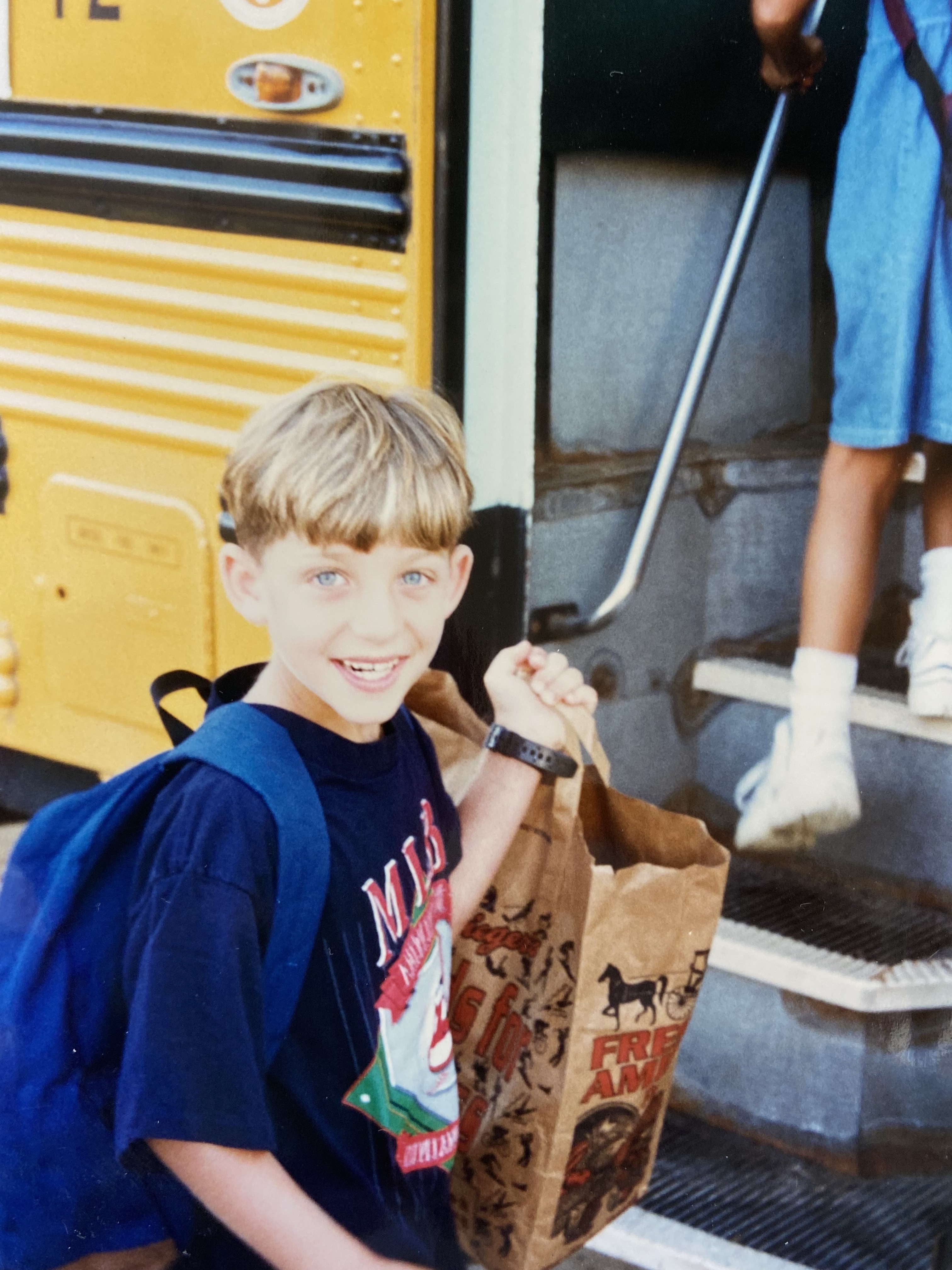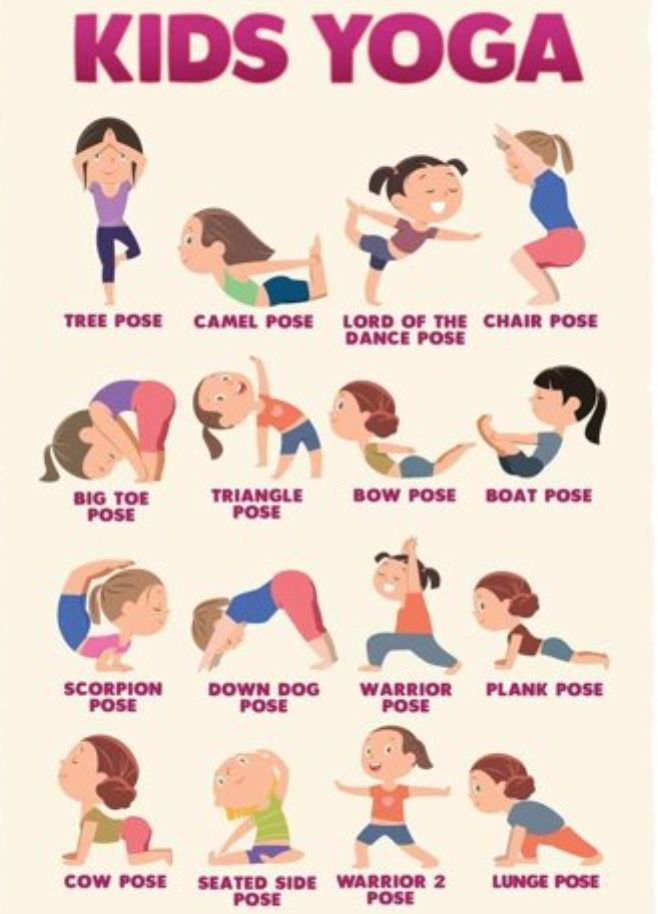The start of the new school year is just around the corner! Perhaps you (if you are a teacher) or your children (parents and teachers) have already tasted the sweetness, like tasting honey, which new beginnings bring to all of us. Research tells us that our brains are hardwired for ‘new starts’–with both physical and mental cues, which in turn, provide us with energy, motivation, and optimism! I LOVE new starts, don’t you?
“Just like switching gears on a bicycle eases the ability to ride a bike up a hill, switching gears into ‘school mode’ eases the ability of children to adjust to the new school year.”
Lori Josephson


of new pencils and notebooks?
Although I have not taught in a classroom full time in many years, I still equate August and September as a time of new beginnings rather than January when the calendar signals the start of a new year. Who doesn’t recall the new ‘school shoes’, new notebooks/binders/assignment journals, new sharpened pencils, new Crayola 64 box of crayons, new markers, perhaps a clean desk with a carefully curated name tag, and especially the notion of a ‘new teacher’ and the prospect of making new friends. I used to tell my own children, as well as my students THIS every year:

“There is only one time to make a good first impression!”
All of these kids knew what this quote meant without any discussion at all. I encourage you to use this quote, along with another quote that still remains tacked to our family bulletin board–and you surely can tell from the picture how old it is!!

This one…well, this one, DID indeed garner a lot of discussion at our dinner table. What does it mean? The ‘your’ refers to the students; the ‘my’ refers to their parents/caregivers–it’s as simple as that! For example, it means:
–if a student needs certain school supplies for the next day, telling their parents at 10pm will not ‘work’
–if a student leaves a book at school, that does not necessarily mean that the parent must drop everything and run up to the school or go through intricate machinations to obtain that book
–if a student is disorganized, the natural consequences will be additional stress and work for both the student and his/her caregivers. The list of examples could go on and on, but I will stop here. You get the point.
THE IMPORTANCE OF ‘ROUTINES’ AND ‘RITUALS’
Merriam-Webster defines ‘routine’ as a “regular course of procedure” which becomes “a habitual and mechanical way of doing an established procedure.”
What does that mean?
It means that we as parents, teachers, and caregivers need to foster and teach children a ‘morning routine’, ‘evening routine’, as well as a ‘school routine’.
I think it is important to set up not only routines, but place importance on the concept of the ‘back to school ritual’–whatever that means in your family. Angela Duckworth, in her Character Lab blog, Rituals as Resets, emphasized the importance of marking the end of the summer ‘routine’ (rest-and-enjoy) and setting up for success in terms of the back to school ‘routine’ (get-it-together). So, even if your child will continue to attend school remotely, have your child get dressed, and take that ‘first day of school photo’ on your porch! As, Dr. Duckworth states, “Don’t underestimate the power of physical cues to influence motivation and behavior.” I couldn’t have said it better myself.
With this in mind, I want to share with you blogger Bianca Schulze’s take on the topic:
“There is nothing more apparent to me as a mother than the importance of having a routine for school mornings. They say kids thrive on routines, but the truth is that routine (and plenty of sleep) provides sanity for parents and caregivers, too.”
Ms. Schulze offers suggestions for books to help create positive, manageable morning routines for children ages 3-12 in her blog on Children’s Book Review, 5 Books to Help Create a Simple School Morning Routine. When we can use books as springboards for discussion and models of what we are attempting to achieve, children are more apt to understand and rise to our expectations. Ms. Schulze offers these tips for:
A ‘Simple and Mindful Morning Routine’:

Here are my tips for:
A ‘Simple and Mindful Evening Routine’:


- Brush teeth.
- Wind down game time (Depending on your children’s ages, games such as Memory or Boggle, are good choices)
- Reading time. (With parent(s)/caregiver(s)..and also solo independent reading depending on your children’s ages and needs)
- Tuck in and final good night hug; set an alarm as is necessary depending on your children’s ages and needs); use caution if leaving screens/devices in your children’s rooms–many do better when these are not kept in bedrooms overnight)
- Lights out!
Routines, rituals, and adjustments from the ‘summer’ to the ‘back to school’ schedules fosters flexibility and resiliency, which is only good for children to learn about early. If you haven’t started to move bedtime earlier so that your kids have enough sleep to get up for school, it is best to start NOW so that your children can adjust gradually. Talking about this with our kids using the language of time will also boost their language skills.
Although the information above may seem obvious to some, it is still good to share with children, parents, and caregivers. If you are a teacher, share with your students’ families.
What is the ultimate goal here? It’s of course to minimize morning (and evening) stress, which will optimize opportunities for success! Who can argue with that?

Cute kid
Excellent article! Thank you.
Nice to hear from you, Donna. Thank you for your kind words. Glad to have you as a subscriber!